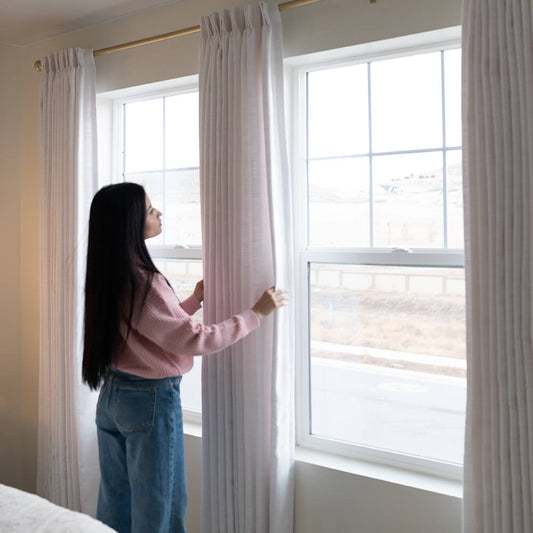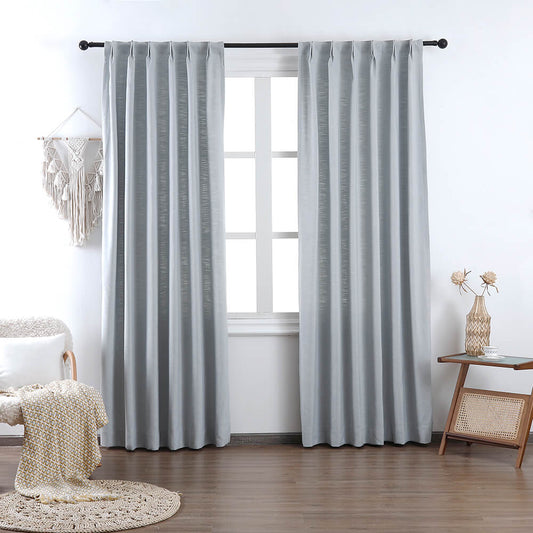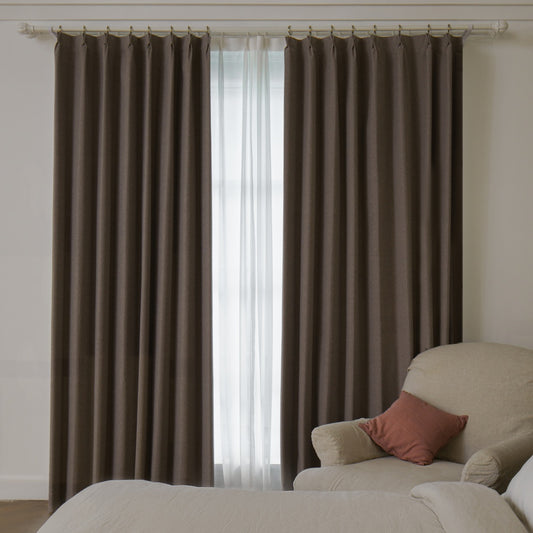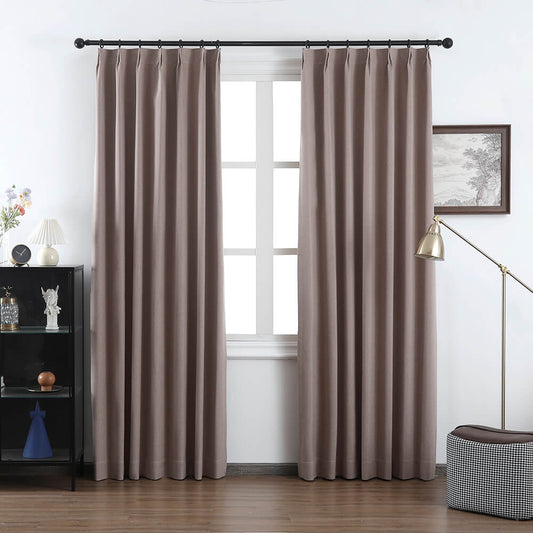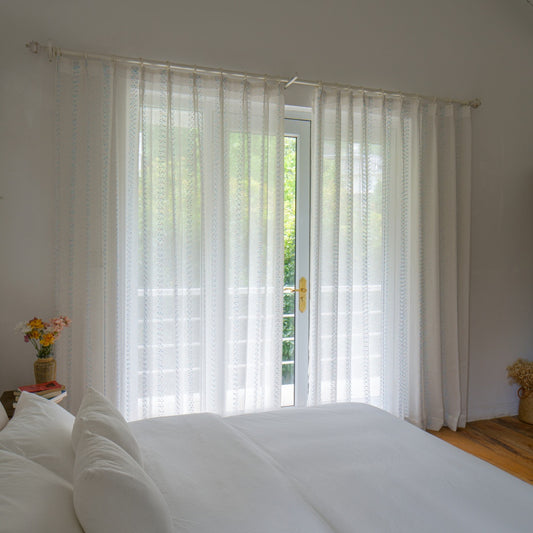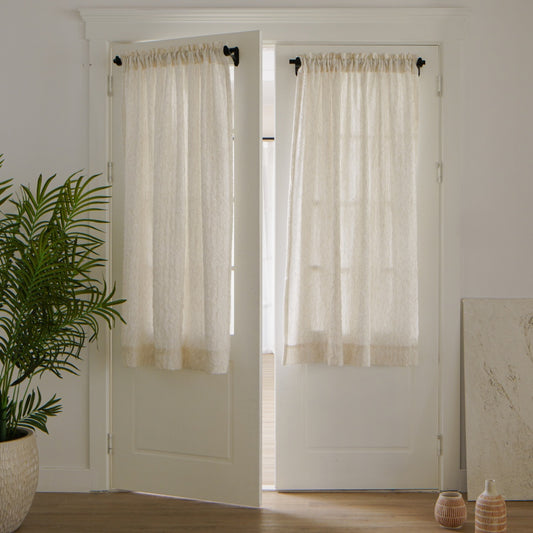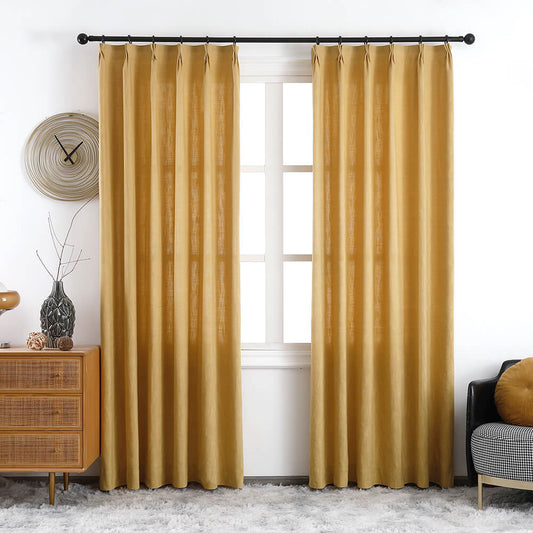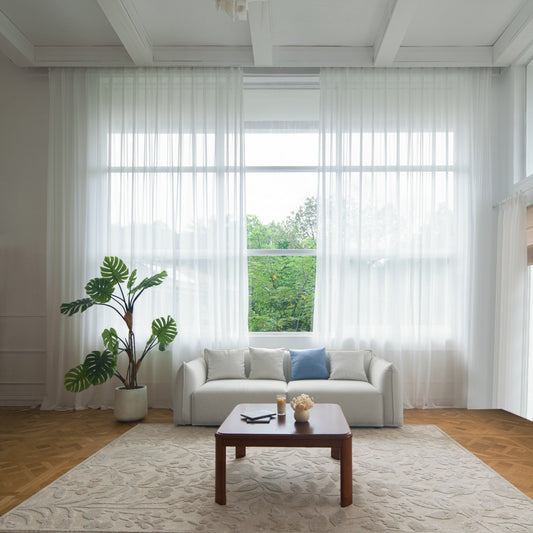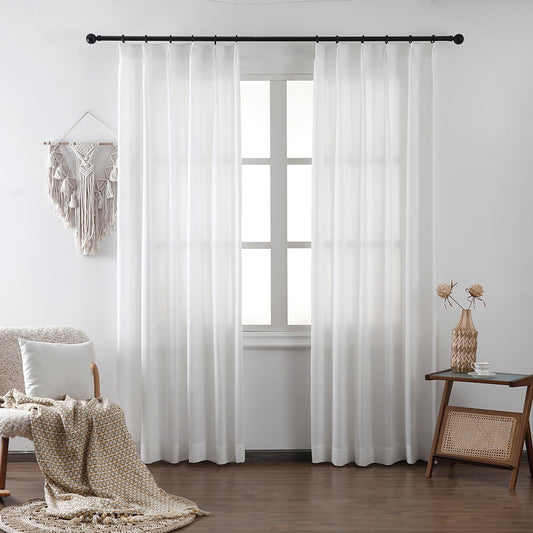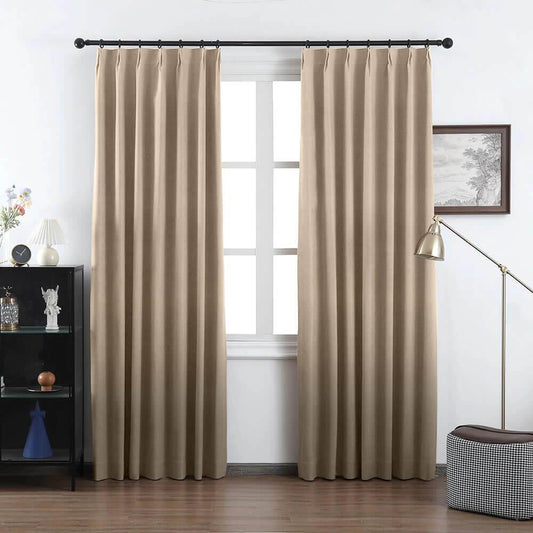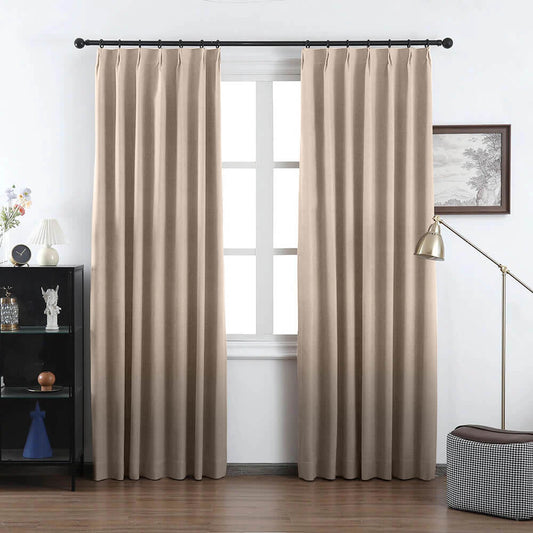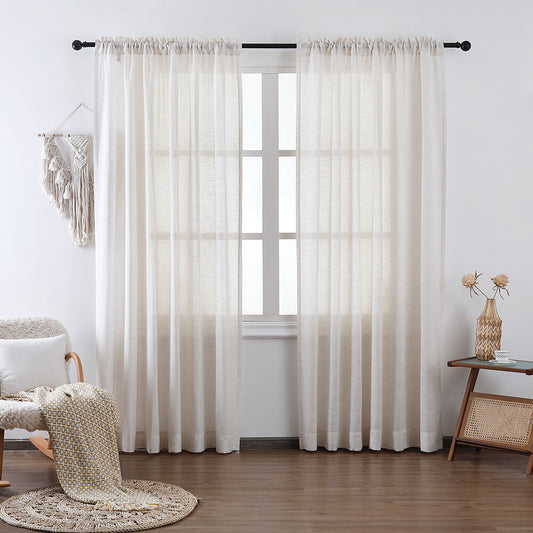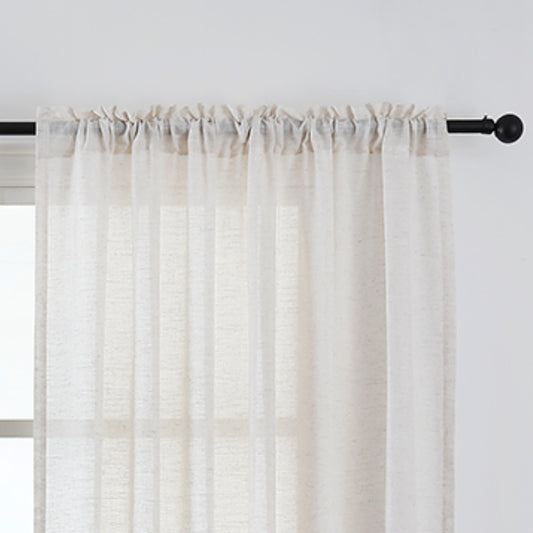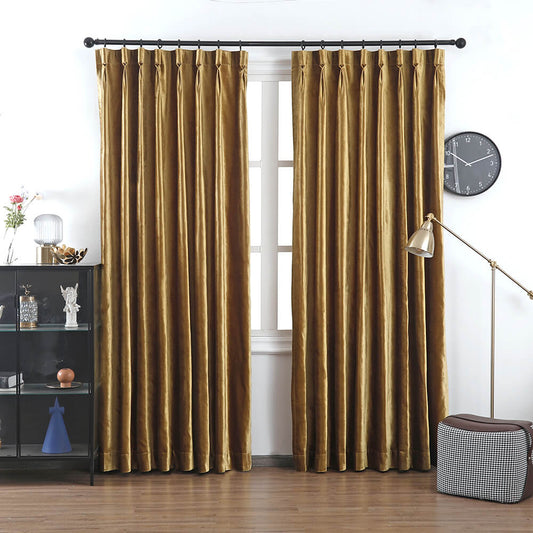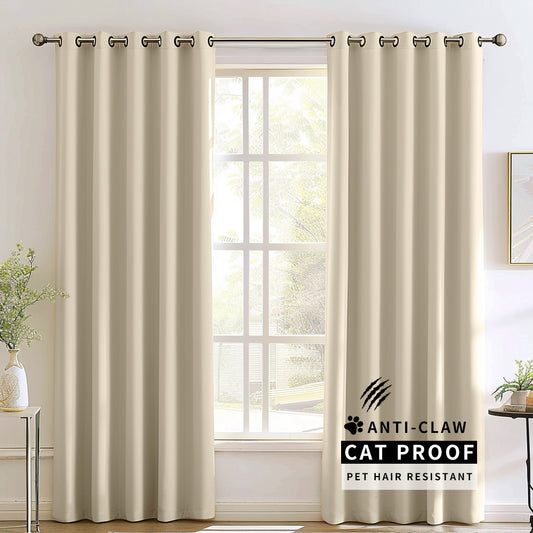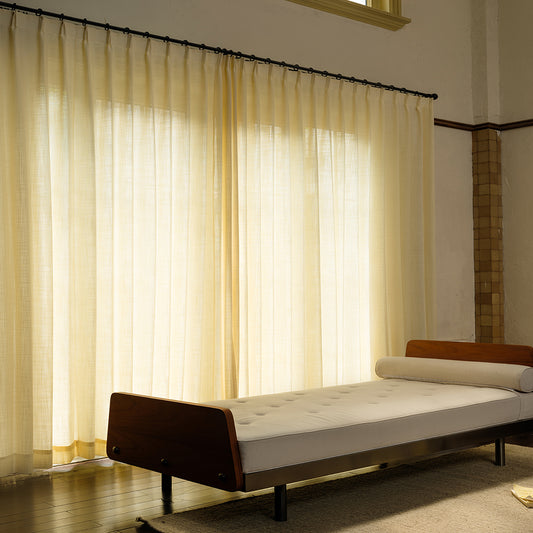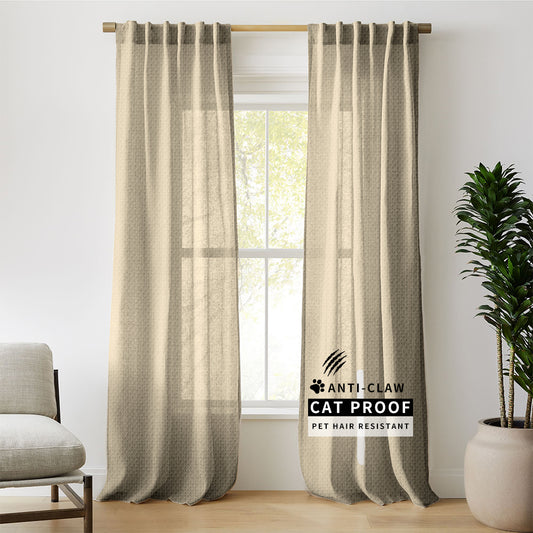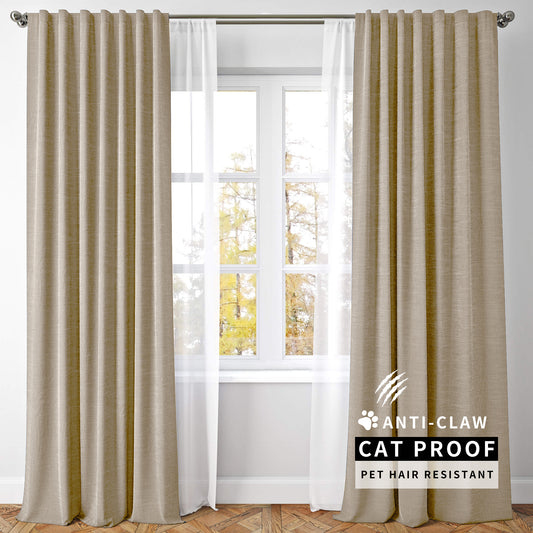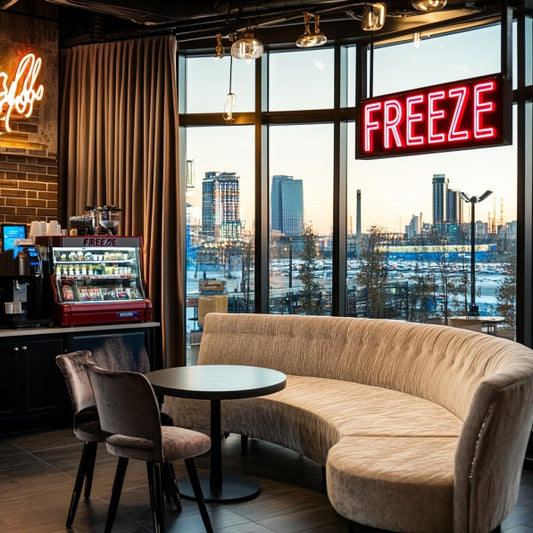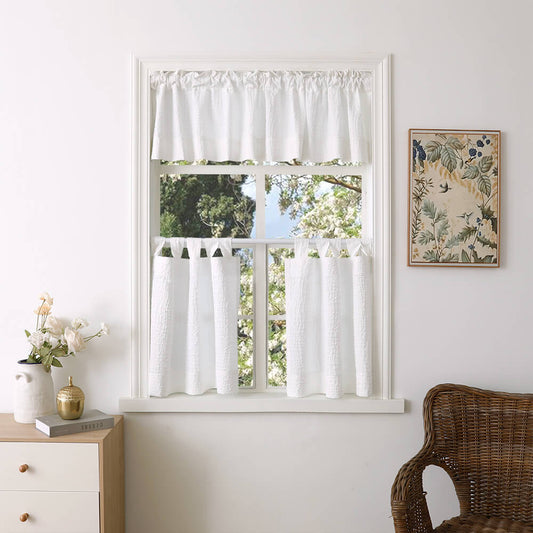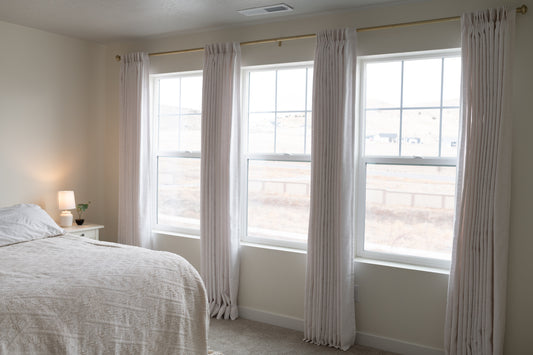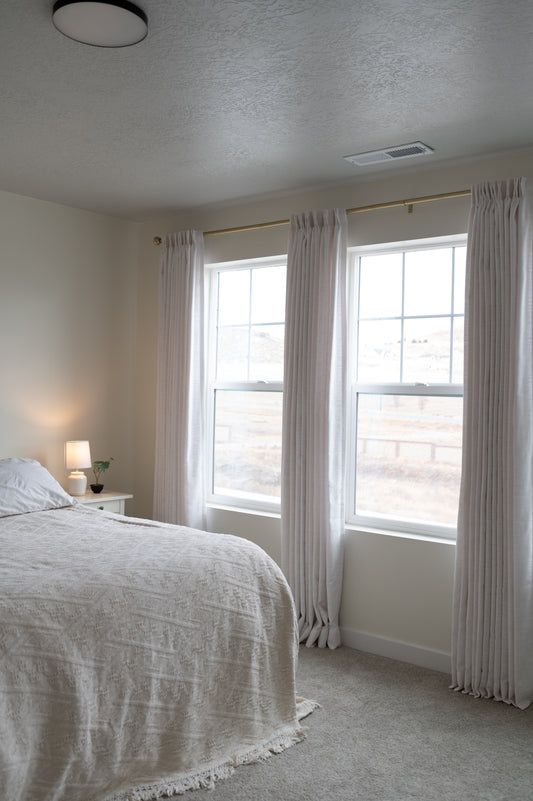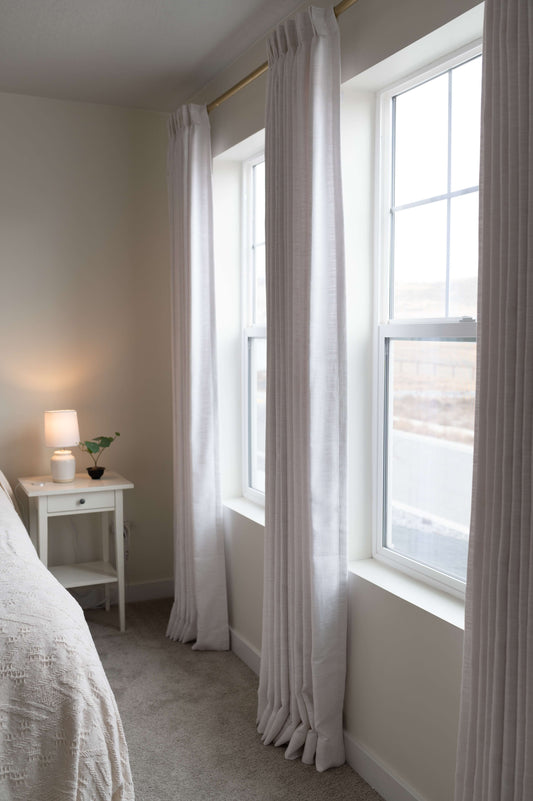The Importance of Fire-Resistant Curtains for Commercial Buildings
Commercial buildings face unique challenges when it comes to safety, aesthetics, and functionality. Among these challenges, fire safety is paramount. Fire-resistant curtains are not only an essential component of a building’s safety system but also offer additional benefits such as energy efficiency, noise reduction, and an enhanced overall appearance. For distributors and wholesalers involved in supplying window treatments, understanding the importance and technical aspects of fire-resistant curtains can be the key to satisfying building owners and managers who demand both safety and style.
This blog will provide an in-depth analysis of fire-resistant curtains—from the material science behind them to the rigorous testing procedures and installation best practices. By exploring current standards, economic benefits, and future innovations, we aim to empower curtain distributors with the expertise they need to offer products that exceed industry safety requirements. In doing so, you will be better positioned to respond to inquiries and secure new business opportunities in a competitive marketplace.
Main Body
1. Enhancing Safety with Fire-Resistant Curtains: A Critical Overview
Fire-resistant curtains are designed to slow down or even prevent the spread of flames in the event of a fire. In commercial buildings, where high occupancy and complex layouts can complicate evacuation routes, these curtains act as a crucial barrier. Their primary role is to contain fire and smoke, providing additional time for occupants to evacuate safely and for emergency responders to arrive.
Key Functions and Benefits:
- Compartmentalization: Fire-resistant curtains help divide large spaces into smaller, fire-contained compartments. This limits the potential damage and slows the progress of fire between different sections of a building.
- Smoke Control: In addition to flame retardancy, these curtains are engineered to inhibit the spread of toxic smoke, which is often as dangerous as the fire itself.
- Enhanced Evacuation Safety: By delaying the spread of fire and smoke, fire-resistant curtains contribute to a safer evacuation process, reducing potential casualties and property loss.
These curtains are essential for buildings that must adhere to strict safety codes and standards. By installing products that meet these requirements, building managers can demonstrate a commitment to the highest levels of occupant safety, while also reducing liability risks associated with fire incidents.
2. Understanding Material Standards for Fire-Resistant Curtains
A key consideration for any distributor is ensuring that the fire-resistant curtains they offer meet established material standards and certification criteria. The performance of these curtains is closely tied to the materials used, which typically include fibers that have been chemically treated or inherently resistant to high temperatures.
Material Composition and Treatment:
- Inherently Fire-Resistant Fibers: Some fibers, like certain aramids or modacrylics, naturally resist combustion. These fibers form the backbone of many fire-resistant curtains, ensuring that they maintain structural integrity even when exposed to high temperatures.
- Chemical Treatments: Other fabrics receive special chemical treatments to enhance their flame resistance. These treatments allow more conventional fibers to meet fire safety standards without compromising on aesthetics.
-
Layered Construction: Often, fire-resistant curtains are constructed with multiple layers, including a core barrier layer that provides thermal insulation, and outer layers that offer visual appeal while reinforcing fire retardancy.

Relevant Standards and Testing Protocols:
- National and International Standards: Fire-resistant curtains must comply with various standards, such as those set by national fire protection associations and international organizations. These standards outline performance criteria related to flame spread, smoke generation, and structural degradation under fire conditions.
- Certification Processes: Manufacturers typically submit their products to rigorous testing procedures. These may include exposure to direct flame, heat flux tests, and assessments of smoke density. Certification ensures that the curtains not only pass regulatory requirements but also perform reliably in real-world scenarios.
By sourcing products that have been independently tested and certified, distributors can confidently assure their clients of the quality and safety of the fire-resistant curtains offered.
3. Performance Metrics and Testing Procedures for Fire-Resistant Curtains
Fire-resistant curtains undergo a series of standardized tests to verify their performance in fire scenarios. These tests are critical in determining how well a curtain will perform under extreme conditions and ensuring that it meets both legal and safety standards.
Standard Testing Methods Include:
- Flame Spread Tests: These tests measure how quickly fire propagates across the fabric’s surface. Fire-resistant curtains are designed to exhibit a slow rate of flame spread, thereby delaying the fire’s progression.
- Heat Resistance Evaluations: This involves subjecting the fabric to high temperatures and assessing its ability to resist melting, shrinking, or igniting. The results from these tests indicate the fabric’s durability under intense thermal stress.
- Smoke Emission Analysis: An important aspect of fire safety is minimizing the production of toxic smoke. Testing procedures evaluate the quantity and density of smoke emitted when the fabric is exposed to fire, ensuring it remains within safe limits.
-
Structural Integrity Under Fire: Beyond just flame resistance, curtains are tested for how well they retain their physical properties. A curtain that maintains its shape and position can effectively block fire and smoke, whereas a compromised structure might fail during an emergency.

- GET A BOOKLET
Interpreting Test Results:
Manufacturers provide detailed reports that explain how their products perform under these tests. Distributors should become familiar with these metrics to understand the strengths and limitations of each product. When discussing product capabilities with potential clients, referencing specific test results and certifications can provide additional confidence in the product’s performance.
Understanding these performance metrics not only reinforces the importance of selecting high-quality, certified products but also serves as an invaluable selling point when engaging with building managers and safety inspectors.
4. Installation and Maintenance Best Practices for Fire-Resistant Curtains
Even the highest-quality fire-resistant curtains can underperform if not properly installed and maintained. It is essential for distributors and installers to follow best practices to ensure optimal performance throughout the product’s lifespan.
Installation Considerations:
- Professional Installation: Employing experienced technicians is crucial. Professional installation ensures that the curtains are mounted securely and that all components, such as support structures and anchoring systems, comply with safety standards.
- Proper Placement: The positioning of fire-resistant curtains should complement the building’s overall fire strategy. They are often installed in areas that require compartmentalization, such as corridors, stairwells, or around critical equipment rooms.
- Integration with Other Safety Systems: Fire-resistant curtains should be considered part of a comprehensive fire protection plan. Their installation must be coordinated with other systems, including sprinklers, smoke detectors, and emergency lighting, to maximize overall building safety.
Maintenance Protocols:
- Regular Inspections: Routine inspections help ensure that curtains remain in excellent condition. Look for signs of wear, damage, or discoloration that could indicate exposure to environmental factors or degradation over time.
- Cleaning and Upkeep: Depending on the curtain material, cleaning protocols will vary. However, it is generally advisable to use non-abrasive cleaning agents and methods to avoid compromising the fire-resistant treatment.
- Re-certification and Upgrades: Over time, the performance standards for fire-resistant materials may evolve. Periodic re-certification or upgrades to the curtains can help maintain compliance with the latest safety standards.
Implementing a robust installation and maintenance strategy not only ensures the longevity of the curtains but also enhances their effectiveness during an emergency, making them a reliable component of the building’s fire safety infrastructure.
5. Economic and Regulatory Benefits of Fire-Resistant Curtains
The adoption of fire-resistant curtains offers significant economic and regulatory benefits for commercial buildings. For building owners and facility managers, investing in these curtains is a proactive measure that pays dividends in both safety and cost savings.
Economic Advantages:
- Insurance Premium Reductions: Buildings equipped with certified fire-resistant solutions may benefit from reduced insurance premiums. Insurance companies recognize that these safety features lower the overall risk of catastrophic damage.
- Lower Maintenance Costs: High-quality fire-resistant curtains are engineered for durability. Their extended lifespan and reduced need for frequent replacement or repair translate into long-term savings.
-
Minimized Downtime: In the event of a fire, the containment provided by these curtains can limit damage to specific areas. This minimizes the disruption of business operations and reduces the costs associated with extensive repairs or renovations.
 CONTACT US
CONTACT US
Regulatory Compliance and Incentives:
- Meeting Safety Codes: Commercial buildings are required to adhere to strict fire safety codes and regulations. Installing fire-resistant curtains is often a mandatory aspect of these codes, and using certified products helps ensure full compliance.
- Government Incentives: In some regions, building owners may qualify for tax breaks or subsidies for implementing advanced fire safety measures. Distributors can leverage these incentives as part of their sales pitch to potential clients.
- Enhanced Reputation: Demonstrating compliance with the highest fire safety standards not only builds trust with regulatory authorities but also enhances a building’s reputation with tenants, investors, and the public.
By emphasizing these economic and regulatory benefits, distributors can effectively communicate the value proposition of fire-resistant curtains, positioning them as an essential investment rather than an optional upgrade.
6. Innovative Trends and Future Developments in Fire-Resistant Curtains
As safety standards evolve and new technologies emerge, the field of fire-resistant curtains continues to innovate. Keeping abreast of these trends is crucial for distributors who wish to remain competitive and offer the most advanced solutions to their clients.
Emerging Materials and Technologies:
- Nanotechnology Enhancements: Researchers are exploring the use of nanotechnology to create fabrics that offer superior fire resistance without sacrificing weight or flexibility. These advanced materials could significantly enhance the performance of fire-resistant curtains in the near future.
- Eco-Friendly Fire Retardants: Environmental concerns are prompting the development of sustainable fire retardant treatments. These innovations reduce reliance on potentially hazardous chemicals while still delivering high levels of fire protection.
- Smart Integration: Future iterations of fire-resistant curtains may incorporate smart technology. For example, sensors embedded in the fabric could provide real-time data on heat levels, structural integrity, or exposure to fire hazards, alerting building managers before a potential issue escalates.
Market Trends and Client Demands:
- Customization and Aesthetics: While safety is paramount, commercial clients also demand products that complement their building’s design. Manufacturers are increasingly offering customizable fire-resistant curtains that blend seamlessly with modern décor while providing robust protection.
- Integration with Building Automation: As commercial buildings become smarter, fire-resistant curtains are expected to integrate with overall building management systems. This connectivity allows for centralized control and monitoring, further enhancing safety protocols.
- Focus on Multifunctionality: Beyond fire safety, new products are being designed to offer additional functionalities, such as improved acoustic insulation and energy efficiency. This multifunctional approach addresses the diverse needs of commercial spaces, providing a comprehensive solution in one product.
Distributors who stay informed about these innovative trends will be well-equipped to advise clients on future-proofing their investments, ensuring that their safety solutions remain at the cutting edge of technology and regulatory compliance.
Conclusion
Fire-resistant curtains are a vital element of fire safety in commercial buildings. Their ability to contain flames, control smoke, and complement a building’s overall safety strategy makes them an indispensable asset for any commercial space. By understanding material standards, performance metrics, and installation best practices, distributors and wholesalers can confidently offer products that meet and exceed current fire safety codes.
Moreover, the economic benefits and regulatory incentives associated with these curtains provide a compelling case for their adoption. As the market continues to evolve with innovative materials and smart technologies, fire-resistant curtains will only become more essential in protecting lives and property. For distributors looking to enhance their product portfolio and capture new market opportunities, embracing fire-resistant curtains is a forward-thinking strategy that promises both safety and profitability.
FAQ
Q1: What makes a curtain fire-resistant?
A1: Fire-resistant curtains are made from specially engineered materials or treated fabrics that resist ignition, slow flame spread, and reduce smoke production. Their design and construction meet rigorous testing standards to ensure they perform effectively in fire scenarios.
Q2: How do fire-resistant curtains contribute to building safety?
A2: They compartmentalize spaces, delay the spread of fire and smoke, and provide critical time for safe evacuation, thereby reducing the risk of extensive damage and injury.
Q3: Are fire-resistant curtains expensive compared to standard options?
A3: While the initial cost may be higher, fire-resistant curtains offer long-term savings through reduced insurance premiums, lower maintenance costs, and minimized downtime in emergencies.
Q4: How often should fire-resistant curtains be inspected or replaced?
A4: Regular inspections are recommended—typically annually—to ensure optimal performance. Replacement or re-certification should follow manufacturer guidelines and any updates to fire safety codes.
Q5: Can fire-resistant curtains be customized to fit specific décor styles?
A5: Yes, many manufacturers now offer customizable options that meet both aesthetic and fire safety requirements, ensuring the curtains complement the building’s design while maintaining high safety standards.
